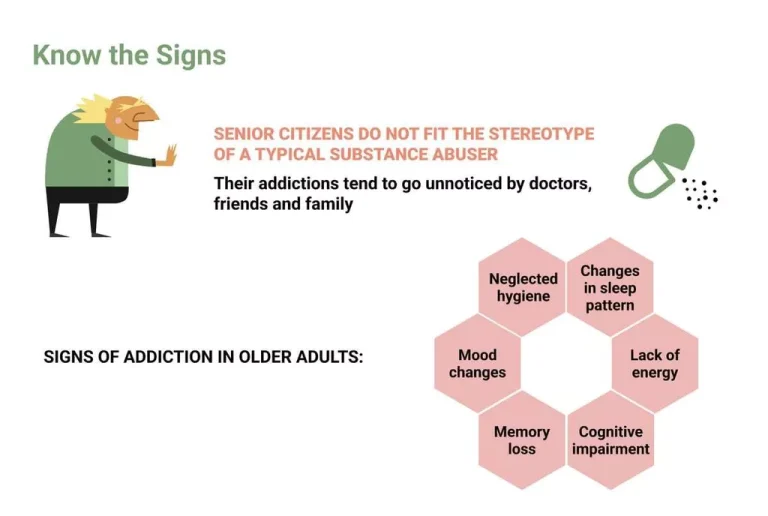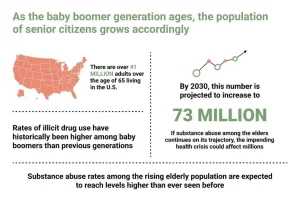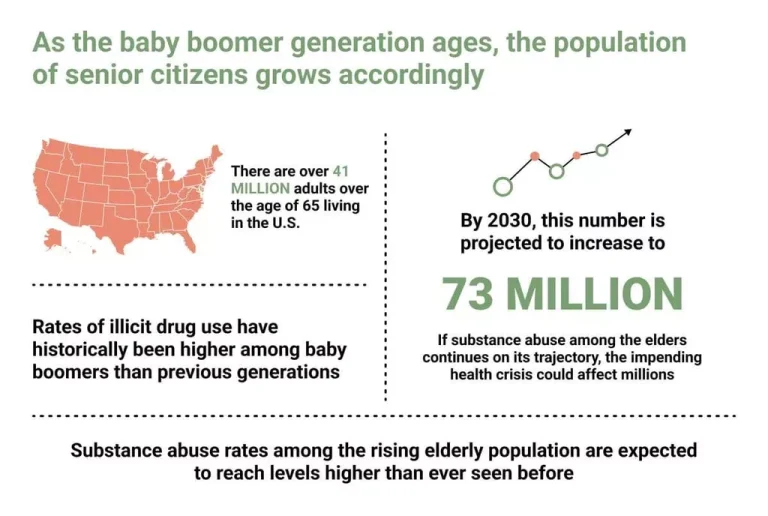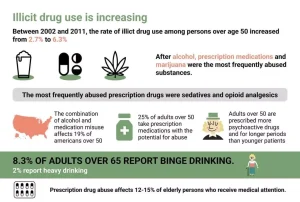Optimizing Your Practice: Top Strategies for Accounting for Veterinarians
maio 26, 2021Bookkeeping for Startups: 10 Essential Steps in 2024
junho 8, 2021
Alcohol has historically, and continues to, hold an important role in social engagement and bonding for many. Individuals who consume draught alcoholic products at on-trade venues (such as pubs) may pay less due to the draught rates being lower than the non-draught Alcohol Duty rates. The end of the wine easement will cause an additional duty increase for wines 12.5% to 14.5% alcohol by volume and a decrease for wines 11.5% to 12.4% alcohol by volume. With the example of the 8 pence increase for a 13% alcohol by volume 250ml glass of still wine — 4 pence of the increase is due to the end of the wine easement, 4 pence is due to the Retail Price Index uprating. Future studies should investigate alcohol consumption and mortality trends in other age groups, including by sex, location (such as state or territory), and race and ethnicity, he said.
Global beer consumption
Beer contains around 5% of pure alcohol per volume1 so that one liter of beer contains 0.05 liters of pure alcohol. By default, the data for France is shown – in recent decades, here, the share of beer consumption increased to make up around a fifth of alcohol consumption in France. The map shows heavy drinkers – those who had an episode of heavy drinking in the previous 30 days – as a share of total drinkers (i.e., those who have drunk less than one alcoholic drink in the last 12 months are excluded). All products between 1.2% to 3.4% alcohol by volume (except spirits), 3.5% to 8.4% alcohol by volume cider, sparkling cider, wine and other fermented products — 100% discount. At Autumn Budget 2024, the alcoholism rates Chancellor of the Exchequer announced that Alcohol Duty rates on non-draught products will rise in line with Retail Price Index from 1 February 2025.

Alcohol consumption by type of alcoholic beverage
Alcohol Use Disorder and alcoholism have damaged some groups or demographics more than others. Alcohol abuse statistics indicate some inequalities may be due to social conditioning. It’s estimated that globally, around 1 percent of the population has an alcohol use disorder.
Alcohol, crime, and road deaths

For example, among those who meet the criteria for SUD—which may include symptoms like increased tolerance, repeated attempts to quit or control use, or social problems related to use–95% of adults did not seek treatment and didn’t think they needed it. Initiatives aimed at early screening in non-traditional settings, such as schools may help early detection and lead to more timely linkages of individuals to treatment resources. Barriers to alcohol use disorder treatment include a combination of provider, patient, financial, and infrastructure factors.
Alcoholism Treatment Statistics
- Risk factors such as obesity, diabetes and liver damage complicate these challenges, accelerating alcohol-related mortality.
- Yes, alcohol is one of the major causes of preventable deaths in the United States, along with tobacco, poor diet, physical inactivity, and illegal drugs.
- Percentage change in total per capita ethanol consumption by State, United States, 2020–2021.
- Census Bureau (Single-race Population Estimates 2022; U.S. Department of Health and Human Services 2021).
- Barriers to alcohol use disorder treatment include a combination of provider, patient, financial, and infrastructure factors.
To support eligible small producers of alcoholic products, the government will also increase the cash discount provided to small producers for non-draught products, increasing the relative value of Small Producer Relief compared to the main duty rates. The relative Small Producer Relief value will also be increased for draught products, as a result of the current cash discount being maintained alongside the reduction to the duty rates for draught products. The age-standardized death rates (ASDRs) per 100,000 people were 4.88 for AUD, 13.52 for ALD, and 8.38 for primary liver cancer. “Both globally and in the U.S., high levels of alcohol consumption are closely linked to premature deaths and disability,” he said in a meeting news release. “One immediate effect of alcohol is liver damage, and in the U.S., the rising rates of obesity and diabetes also contribute to early liver damage.” From the patient perspective, limited understanding of what constitutes problematic drinking and attitudes towards seeking treatment can hinder recognition of the need for help.
- Binge-drinking is a significant problem in Wisconsin, and alcohol-related deaths are more likely to involve older, long-term users.
- Obesity, diabetes and liver damage complicate these challenges, boosting alcohol-related death rates, they added.
- The National Institute on Alcohol Abuse and Alcoholism has more information about the health effects of alcohol use.
- In the 1980s and 1990s, the death rate stayed around 2.5 per 100,000 people., but by 2021, it had risen to about 3.9 per 100,000 people.
- Explore statistics on alcohol-related deaths and emergency visits in the United States.
- The charts show global consumption of beer, first in terms of beer as a share of total alcohol consumption, and then the estimated average consumption per person.
The risk of an alcohol use disorder is highest in individuals with intermittent explosive disorder, dysthymia, ODD, bipolar disorder, and social phobia. This surveillance report on 1977–2021 apparent per capita alcohol consumption in the United States is the 37th in a series of consumption reports produced annually by the National Institute on Alcohol Abuse and Alcoholism (NIAAA). Findings are based on alcoholic beverage sales data collected by the Alcohol Epidemiologic Data System (AEDS) from the States or from the National Alcohol Beverage Control Association and from various reports produced by beverage industry sources. The chart shows direct death rates (not including suicide deaths) from alcohol use disorders across the world.

Data Sources and Measures

These data show how much and how often people binge drink in the United States, and its high costs to our nation. Find out how many people have alcohol use disorder in the United States across age groups and demographics. Wyoming has one of the nation’s highest rates of alcohol-related deaths per capita. Binge-drinking is a significant problem in Wisconsin, and alcohol-related deaths are more likely to involve older, long-term users. Utah has the second-highest rate of female alcohol-related deaths and has the highest percentage of deaths due to acute causes. South Dakota has an elevated rate of alcohol-related deaths per capita and a high rate of under-21 deaths.
Emerging Trend—High-Intensity Drinking
From 2016–2017 to 2020–2021, the average annual number of U.S. deaths from excessive alcohol use increased by more than 40,000 (29%), from approximately 138,000 per year (2016–2017) to 178,000 per year (2020–2021). This increase translates to an average of approximately 488 deaths each day from excessive drinking during 2020–2021. These findings are consistent with another recent study that found a larger increase in fully alcohol-attributable death rates among females compared with males (8).


